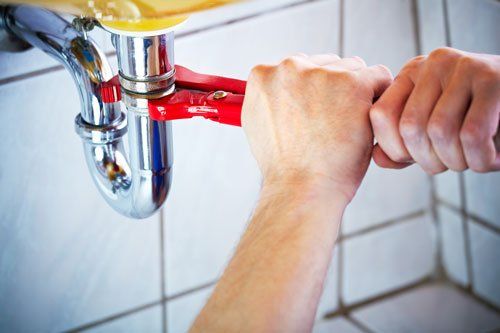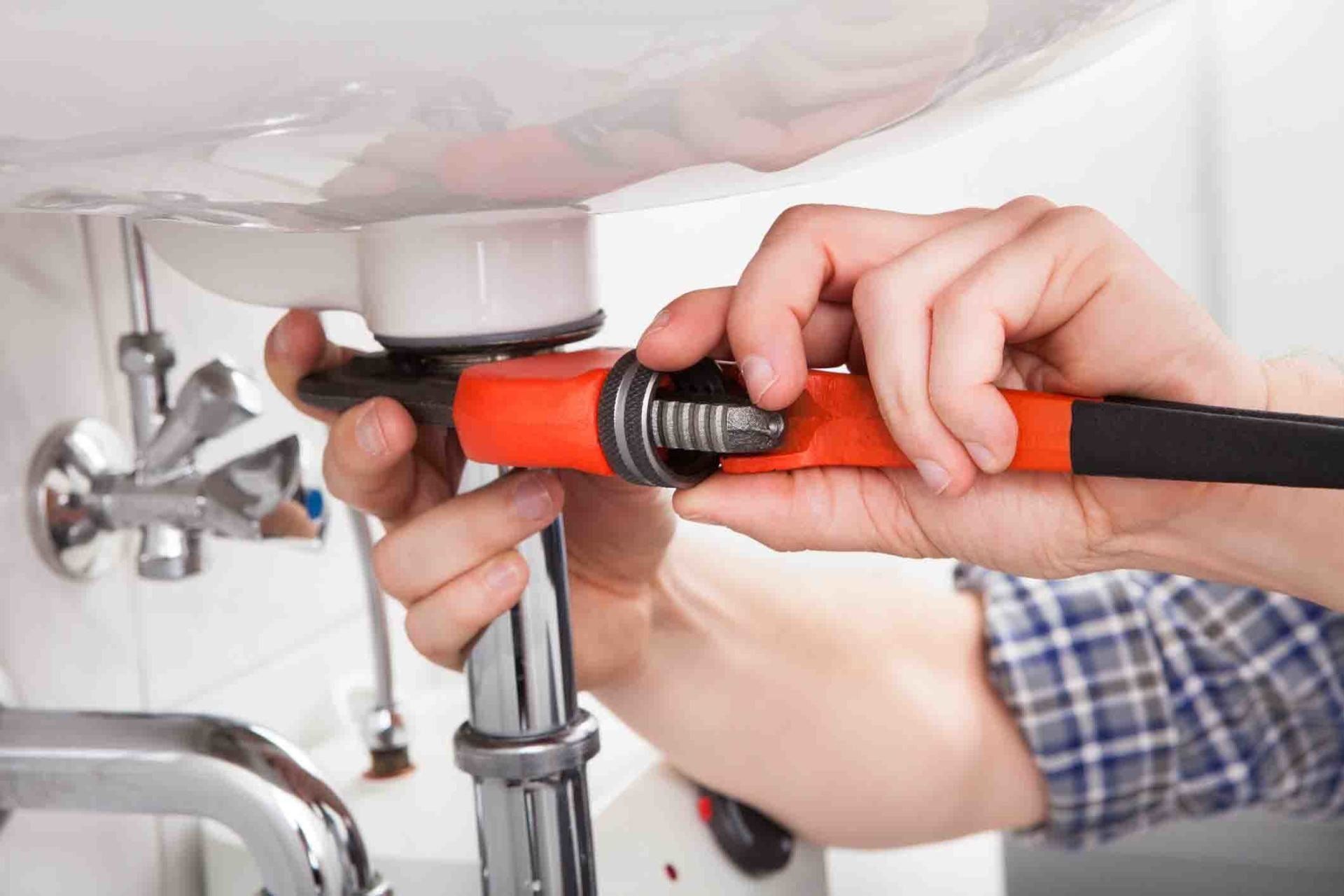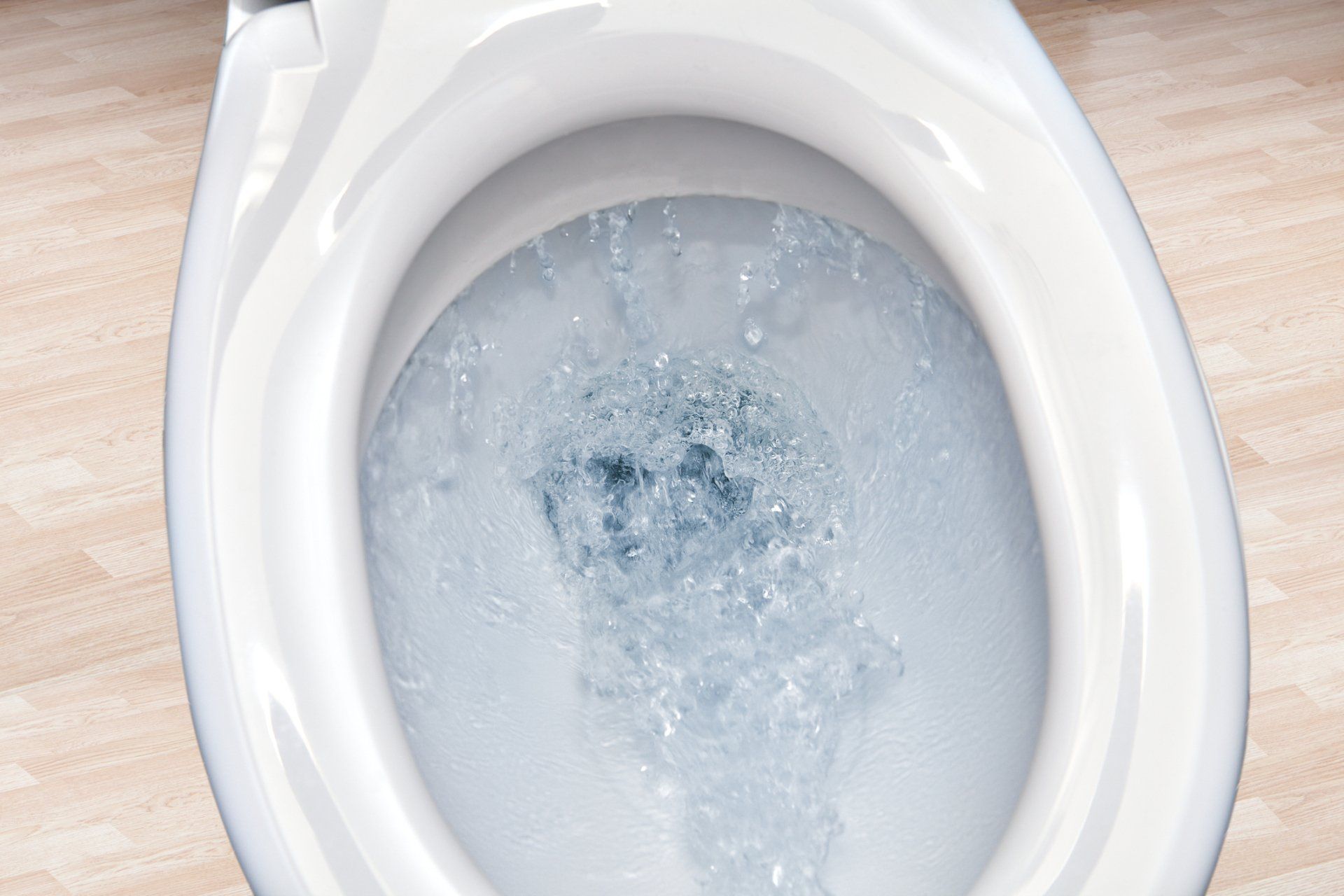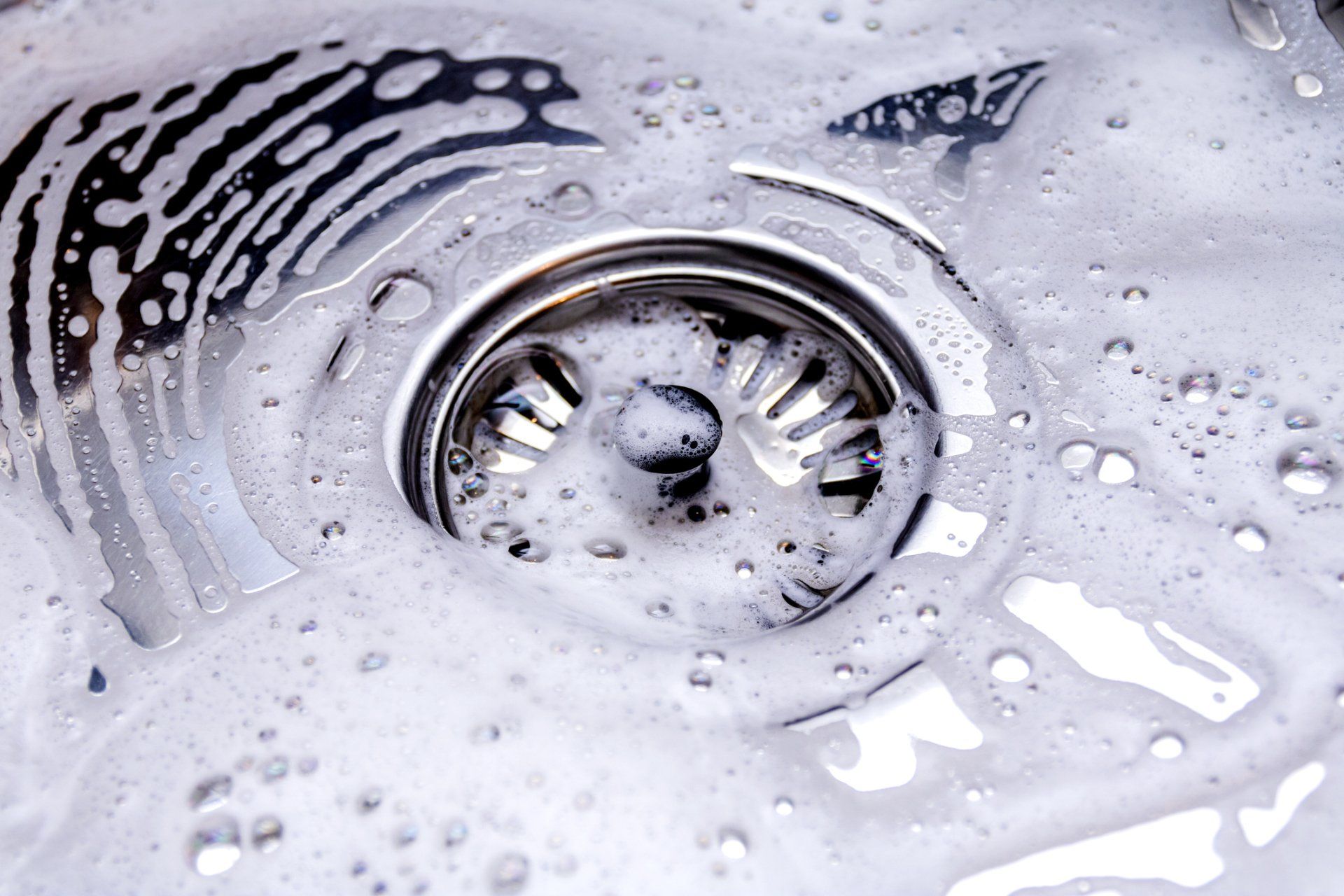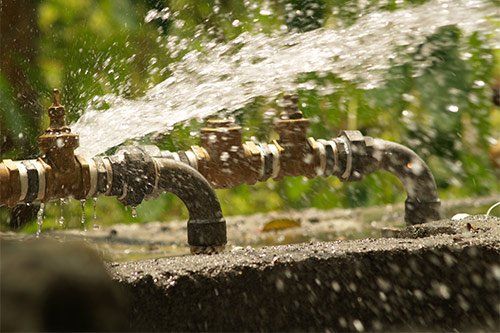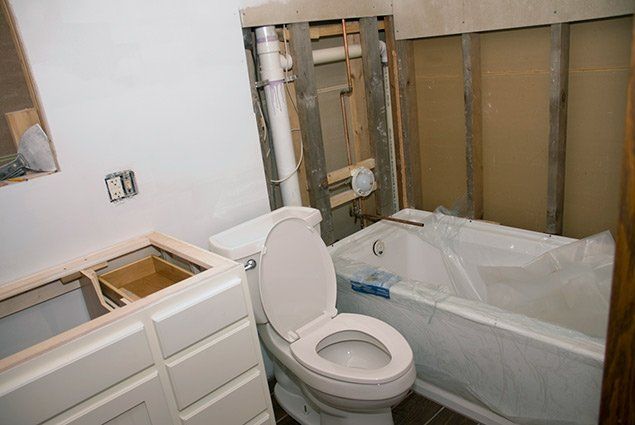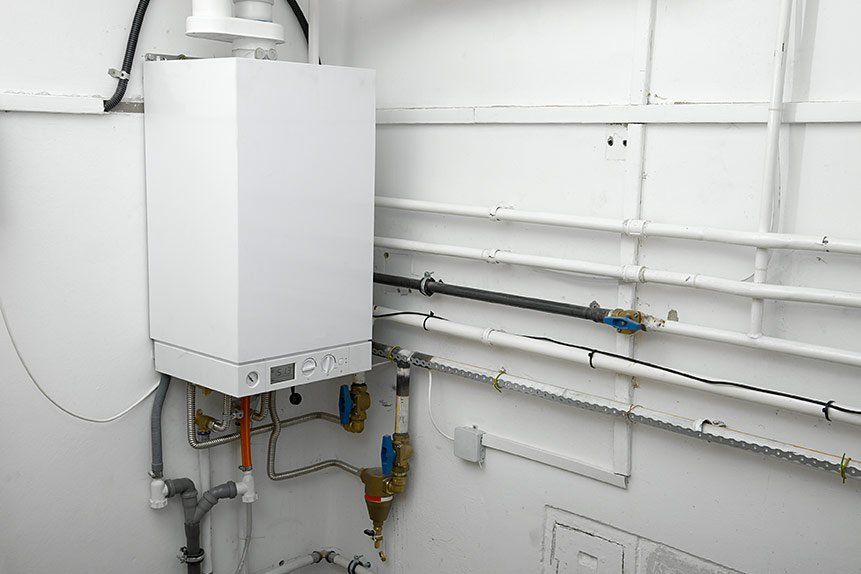Is Your Water Heater About to Give Up the Ghost?
- By Admin
- •
- 18 Apr, 2019
- •
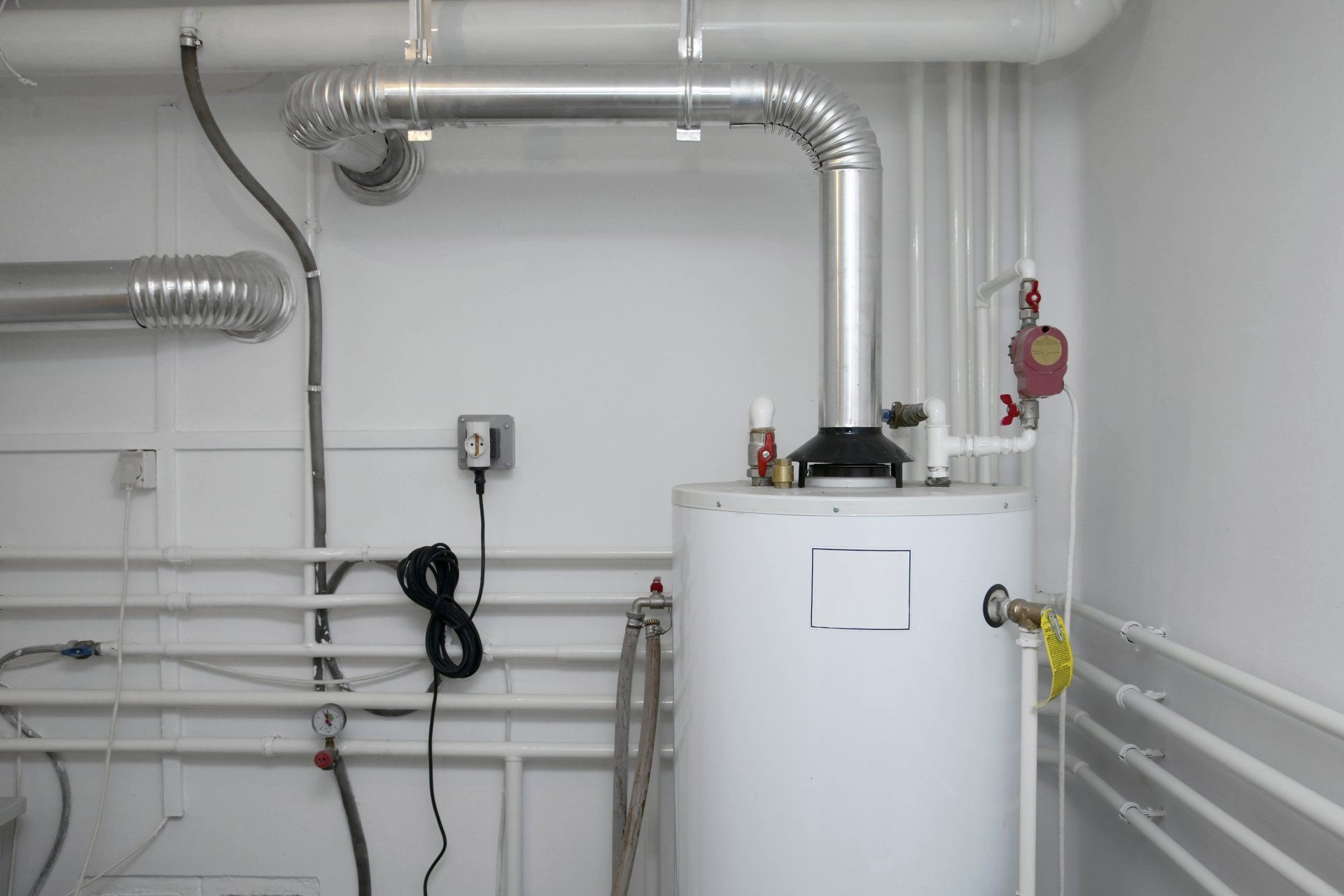
Water heaters provide hot water to a home for multiple uses, including washing hands, clothes, and dishes or taking showers. These units possess a self-contained structure that includes a heating unit that keeps water ready for use whenever a homeowner needs it.
Water heaters may fail and leave a homeowner without warm or hot water. Water heater failure has many different causes, usually related to aging. If you understand these elements that contribute to water heater failure, you can more easily schedule replacements, repairs, and maintenance as needed.
Water heaters may fail and leave a homeowner without warm or hot water. Water heater failure has many different causes, usually related to aging. If you understand these elements that contribute to water heater failure, you can more easily schedule replacements, repairs, and maintenance as needed.
Water Heaters Have Specific Lifespans
Like all appliances, water heaters typically last a certain period before they start failing. In most cases, water heaters will run smoothly without problem for at least 8-12 years
after their initial installment. At around this point, the water heater may start running more poorly and, typically, needs to be replaced a few years after initial failure starts.
That said, homeowners may still get some life out of a failing water heater, although the heater will suffer from a variety of symptoms that only get worse over the years. As a result, homeowners need to fully understand the signs of a failing water heater and how maintenance techniques can keep a struggling water heater in action just a little bit longer.
That said, homeowners may still get some life out of a failing water heater, although the heater will suffer from a variety of symptoms that only get worse over the years. As a result, homeowners need to fully understand the signs of a failing water heater and how maintenance techniques can keep a struggling water heater in action just a little bit longer.
Issues That Cause Water Heater Failure
A few of the most common issues that trigger water heater failure include:
- Mineral Buildups - As minerals build up inside of a water heater, the tank can hold less water. When this happens, the tank will run less efficiently.
- Pump Issues - Water heater pumps may slowly wear down over time and start operating with less power. This issue may be fixed by replacing the pump or fixing worn components.
- Leaks in the System - Water loss through rusty pipes or the bottom of the tank may decrease the amount of water available for heating.
- Thermostat Malfunction - The thermostat on a water heater may malfunction and cause the heater to warm the water improperly. Thermostat replacement is typically necessary here.
- Broken Pressure Relief Valve - The pressure relief valve releases extra pressure from the tank, and if it fails, the water heater may operate poorly or even suffer from excessive strain.
Maintenance Staves Off These Symptoms
When a water heater starts experiencing these symptoms, regular maintenance may prevent failure for a bit longer. For example, replacing the heating element when it fails keeps a water heater running more smoothly for years after installation. Other maintenance steps, such as cleaning scaling in the tank, also help to prevent severe damage from ruining a water heater.
Professional maintenance provides the best help, here, as experts can skillfully replace broken elements to keep a water heater in operation. However, all water heaters will inevitably die and force a homeowner to make the tough decision to install a new water heater.
Professional maintenance provides the best help, here, as experts can skillfully replace broken elements to keep a water heater in operation. However, all water heaters will inevitably die and force a homeowner to make the tough decision to install a new water heater.
We Can Help
Water heater installation is not something that the average homeowner can do without help. Simply put, this process requires understanding how to disconnect the tank properly, where to hook it back up to the water line, and various maintenance techniques that may challenge many DIY repair experts.
So if your water heater is about to fail and you want help to keep it going, please don't hesitate to contact us right away at Aero Plumbing to learn more. Our experts will come to your home, inspect the tank, and help find a replacement that serves the same needs as the previous water heater.
So if your water heater is about to fail and you want help to keep it going, please don't hesitate to contact us right away at Aero Plumbing to learn more. Our experts will come to your home, inspect the tank, and help find a replacement that serves the same needs as the previous water heater.
Stop accidentally damaging components of your home plumbing system. Read this blog to learn four plumbing myths and the truth behind them.
While old water heaters are more prone to leak, new tanks can leak as well, though usually for different reasons. Learn more about why water heaters leak.

